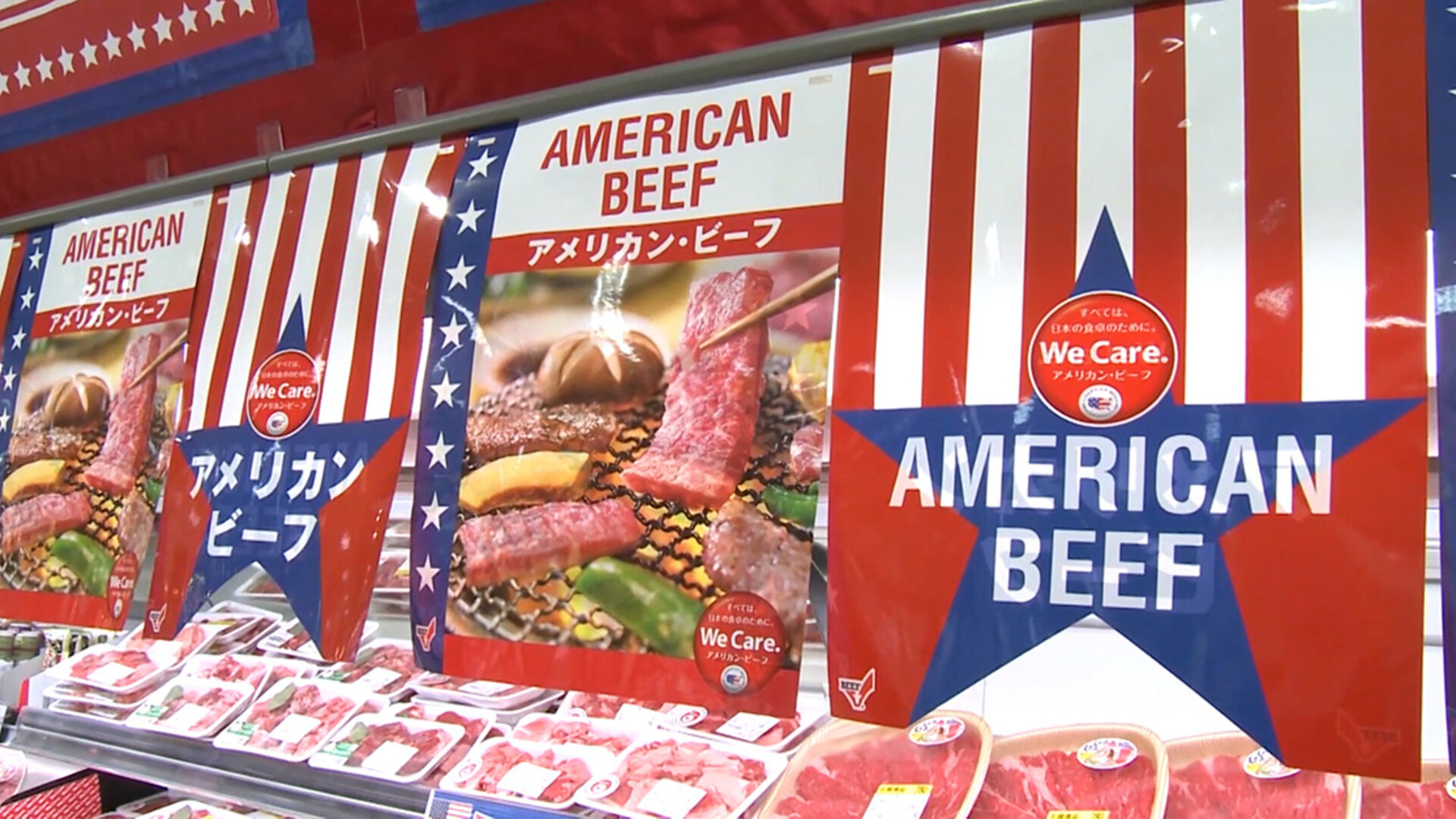February Red Meat Exports Below Last Year, but 2021 Outlook Remains Strong
February exports of U.S. beef and pork remained below the rapid pace established in early 2020, according to data released by USDA and compiled by the U.S. Meat Export Federation (USMEF). However, exports were consistent with USMEF's February projections and the federation still expects 2021 beef exports to increase substantially year-over-year, while pork exports are projected to narrowly surpass the 2020 record.Beef exports totaled 103,493 metric tons (mt) in February, down 8% from a year ago, valued at $669.5 million (down 2%). This was due mainly to a decline in variety meat exports, as beef muscle cuts were steady with last year in value at $597.9 million on a volume of 82,530 mt (down 3%). Through February, beef exports were 5% below last year's pace at 208,540 mt, valued at $1.32 billion (down 2%). Beef muscle cut exports were down 1% to 163,928 mt and steady in value at $1.18 billion. Beef exports to South Korea are off to a very strong start in 2021 and demand for U.S. beef continues to grow in China, capitalizing on access gains achieved in the U.S.-China Phase One Economic and Trade Agreement.
February pork exports were down 12% from a year ago at 239,240 mt, valued at $629.4 million (down 13%). For muscle cuts only, exports fell by the same percentages to 203,526 mt valued at $548 million. Through February, pork exports were 11% below last year's pace at 487,896 mt, valued at $1.27 billion (down 13%). Pork muscle cut exports were also down 11% to 411,760 mt, valued at $1.1 billion (down 14%). February pork exports set new records in the Dominican Republic, Guatemala, El Salvador and Costa Rica and were very strong to the Philippines and Colombia. As anticipated, pork exports to China/Hong Kong trended lower than the enormous volumes shipped in 2020 but the region continues to be the largest destination for U.S. pork.
Fueled by larger variety meat shipments to Mexico, Canada and Hong Kong, February exports of U.S. lamb increased 142% from a year ago to 1,152 mt, with value up 19% to $1.6 million. Through February, lamb exports were up 52% from a year ago to 2,179 mt but value fell 19% to $2.8 million.
"While February exports were in line with expectations, the results don't fully reflect global demand for U.S. red meat," said Dan Halstrom, USMEF president and CEO. "Logistical challenges, including congestion at some U.S. ports, are still a significant headwind and tight labor supplies at the plant level continue to impact export volumes for certain products - including some variety meat items and labor-intensive muscle cuts."
Halstrom notes that the flow of exports through U.S. ports is showing some gradual improvement as COVID-impacted crews move closer to full strength, but remains a serious concern for the U.S. agricultural sector.
"USMEF greatly appreciates the members of Congress and ag industry representatives who have worked to bring more attention to this situation, and the efforts of maritime regulators to address shipping practices," he said.
Export demand has remained solid despite logistical challenges and other pandemic-related obstacles. Continued international demand, along with robust domestic business, contributed to stronger cutout values in the first quarter, which were up an average of 27% year-over-year for pork (nearly $90/cwt) and 4% for Choice beef ($224/cwt).
A detailed summary of the January-February export results, including market-specific highlights, is available from the USMEF website.
Source: USMEF

















